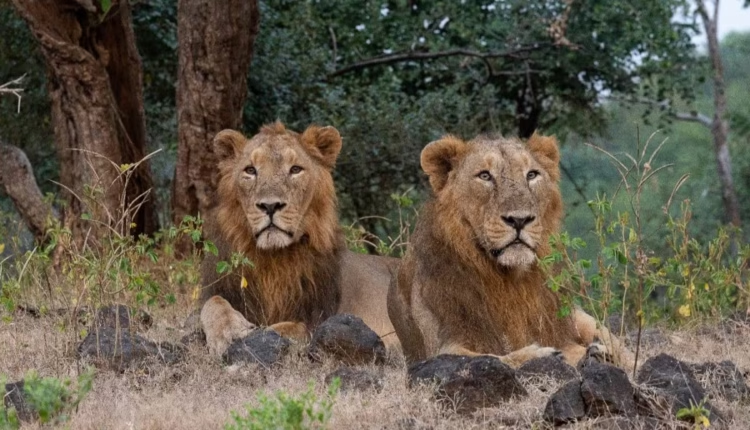India’s Growing Pride: Asiatic Lion Population Soars as Nation Deepens Commitment to Nature
Devbhumi Dwarka, Gujarat
India’s unwavering commitment to the environment and wildlife conservation has once again borne remarkable results, with the Asiatic lion population in Gujarat reaching a record high of 891, up from 674 just five years ago.
Union Environment Minister Bhupender Yadav, speaking at a World Lion Day celebration in Timbdi village under the Barda Wildlife Sanctuary, hailed the achievement as a testament to the nation’s “intimate relationship with nature and wildlife.”

